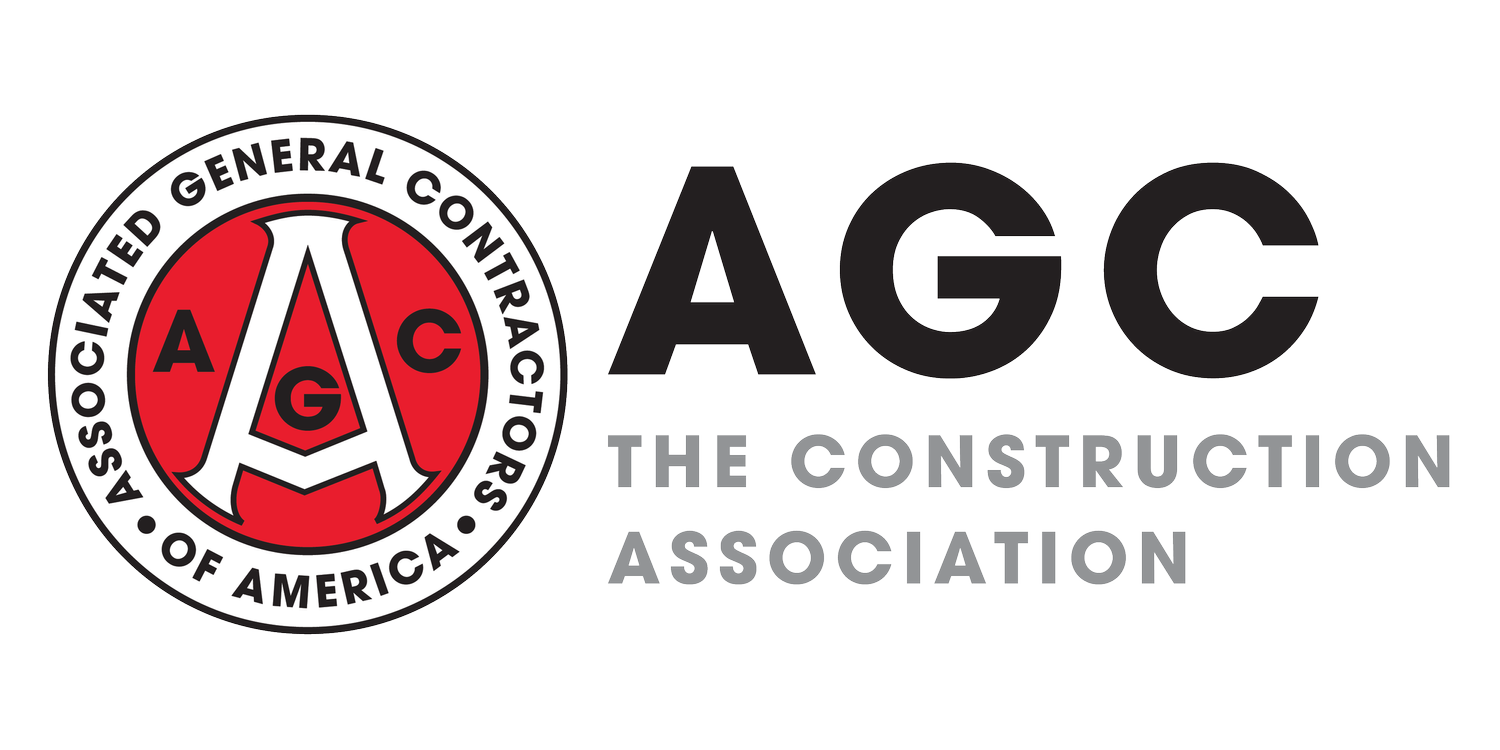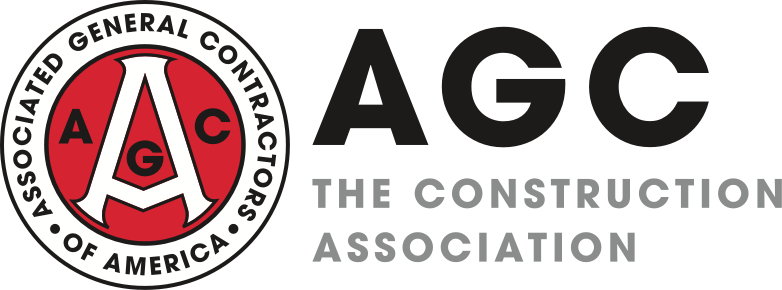Lessons Learned Working on a Native American Reservation in Rural Arizona
BY JOSH SALAZAR
Construction is a highly diverse industry, ranging from the development of skyscrapers in dense urban centers to the building of schools, libraries and other municipal buildings in rural areas where there is typically less infrastructure, resources and labor available.
PHOTO COURTESY OF INDUSTRIAL CONSTRUCTORS/MANAGERS
While contractors are used to dealing with the differing demands associated with the locations in which they work, there are some challenges that surprise even the most seasoned of contractors. Such was the case in Keams Canyon, Arizona where Industrial Constructors/Managers, Inc. (ICM), an AGC of Colorado Building Chapter member, took on the task of helping build a new detention center for the Hopi tribe, who live on a reservation that covers 2,500 square miles and encompasses 12 villages on three mesas in northeastern Arizona.
Keams Canyon is a remote area with limited access to materials, most of which have to be trucked in from Flagstaff, which is over two hours away. It is also a hot, dry and arid part of the state that’s overseen by the Hopi’s own Tribal Equity Rights Organization (TERO), which consists of tribal members who create rules and bylaws that govern the Hopi people and their land. Most Indian reservations have a TERO to help them retain their culture, language and religion and ensure that they aren’t negatively influenced by the outside world.
This means that TERO also provides the guidance and rules for land and building development, which must be conducted in accordance with traditional Hopi rules and customs. For the Hopi detention center project, this ranged from requiring that Hopi tribal members be hired to help with the project, to conducting ceremonies to bless the land before — and during — its development. While each Indian tribe has its own customs and traditions, the lessons learned from working with the Hopi tribe could be of use to other contractors who are considering similar work in the future.
RESPECTING THE HOPI WAY OF LIFE
In 2018, federal money was approved to build a new detention center for the Hopi reservation since the existing detention center was outdated and did not have enough capacity given the Hopi’s population size.
ICM was hired to work with the general contractor for the project, which was contracted through the Bureau of Indian Affairs (BIA). ICM’s request for proposal came in the form of two short paragraphs that included the desire to replicate the foundation work they’d done recently when building a new fitness center on the Fort Carson Army Base in Colorado. Aside from that, ICM knew that the building would be 28,000 square feet or roughly double the size of the current detention center, and that their portion of the project would also include structural steel and precast concrete installation.
“Most projects usually come with a large amount of specificity and detail, particularly when working on government projects, which tend to also require a high level of documentation and pre-planning that must be submitted and approved months in advance of the project start,” said Ed Myers, President of ICM. “The Hopi detention center project was different in that they had a general idea of what they wanted, but instead of technical requirements, the project came with a list of tribal customs that needed to be followed and abided by instead, which was new for us.”
One of the rules included hiring Hopi tribal members to work on the project. ICM got in touch with the unions who regularly work on reservations in New Mexico, helping ICM hire two Hopi laborers and two carpenters. Another requirement was that no one could dig in November or December, which is when the land needs to ‘rest’ according to Hopi traditions. This meant that excavation needed to happen before then, which added to an already-tight schedule. The Hopi tribe also had to bless the land ahead of any work starting, which meant that the project was unable to start until early September.
“We realized very early on that we needed to truly understand and accept the Hopi culture in order to do the job well and in accordance with their traditions,” said Myers. “We came in with an open mind and a willingness to abide by their customs, many of which have been passed down for hundreds of years. That openness created a bridge between the Hopi tribe and our team so that we were able to accept and work with one another easily.”
BUILDING OUT THE HOPI DETENTION CENTER
Once the project had been blessed by the Hopi tribe, ICM began building the foundation, which required 480 yards of concrete and was built with a continuous footer and door stops. Because of the remote location, ICM used a concrete mobile batch plant since the concrete needed to be poured 90 minutes after it was mixed, and the nearest concrete plant was located several hours away in Flagstaff. The mobile batch plant allowed ICM to mix each truck within seven minutes and meet the specified time release with ease. It also allowed the company to have two committed concrete trucks and drivers, helping ICM make bigger concrete placements.
Four hundred and forty four precast concrete panels were then flown in and erected, 142 of which are wall panels. ICM had only worked with precast concrete three times before, so this represented the company’s largest precast concrete job. The precast concrete panels came in various sizes, which were erected to form the walls and the roof. To install, workers had to stand on the foundation, brace the precast panels and then set the steel on the columns and the roof. A concrete slab on grade was also installed on the inside of the building and the roof.
Six total tons of steel are set to be installed within the columns and for the handrails, beams and stairs. After that, ICM will install the roof’s concrete panels, which will take a topping slab to seal up the roof, as well as build a slab on grade on the floor and create side curbs and gutters, all of which will be completed by May.
“The remote location forced us to pre-plan even more than usual, ordering materials months in advance so that we could get everything in time,” said Myers. “We also had to drop location pins for our rental equipment provider to be able to find us since most buildings and homes on reservations don’t have official addresses making them difficult to find.”
THE FUTURE AHEAD
The new detention center should be operational by November 2023, enabling the Hopi tribe to have a larger, more functional space to house inmates. During the groundbreaking ceremony, Chairman Timothy L. Nuvangyaoma expressed the importance of reaching this milestone and said that he hopes it will serve as a place where inmates can learn and try to make a better life for themselves.
“ICM was honored to work on this project given the importance of what it will provide to the Hopi community,” said Myers. “We learned a lot about the Hopi people and culture, which we will carry with us as we work with other indigenous tribes in and outside of Arizona. We hope this is just one of many projects that we get to work on to improve the lives and land for indigenous tribes.”
Joshua Salazar is a Project Manager at Industrial Contractors/Managers, Inc (ICM), a Colorado-based industrial contractor specializing in steel and concrete structures, heavy moving and rigging, machinery installation, modification and maintenance, and more.


